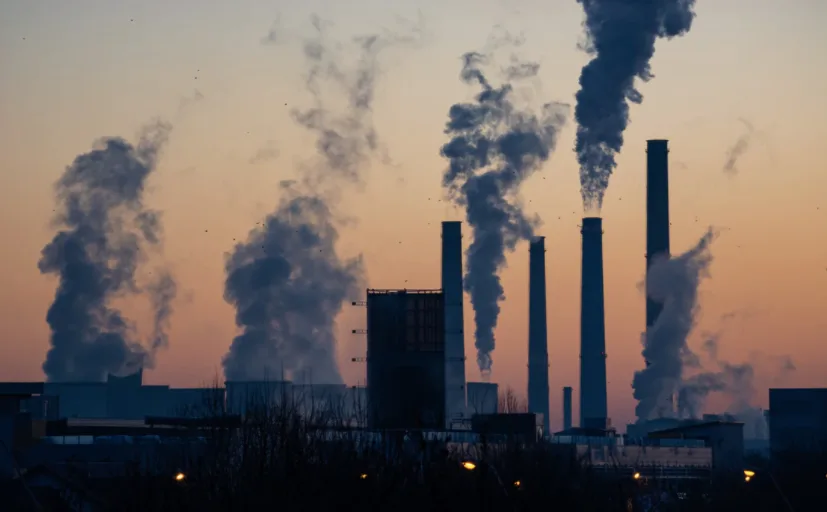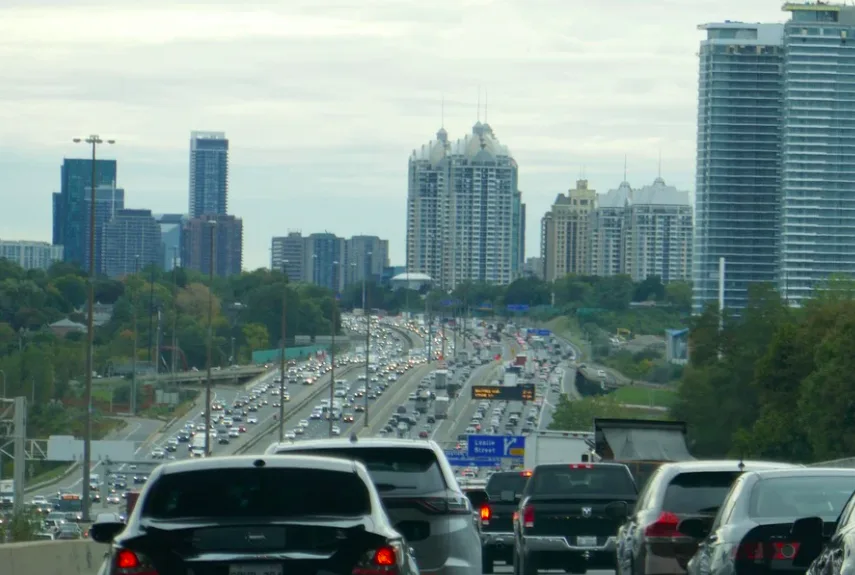
Carbon dioxide levels hit new record despite COVID-19 lockdowns
Experts say that our response to COVID-19 demonstrates that we are capable of addressing climate change.
Despite the initial projections that showed widespread lockdowns and slowed industrial activity were curbing pollution, the World Meteorological Organization (WMO) states that greenhouse gases have surged to a record high in 2020.
The WMO’s annual Greenhouse Gas Bulletin says that even though many pollutants and greenhouse gas emissions were released at lower rates this year, this has very little impact on global warming due to the amount of carbon dioxide that exists in the atmosphere from all of our past emissions.
“The lockdown-related fall in emissions is just a tiny blip on the long-term graph. We need a sustained flattening of the curve,” stated WMO Secretary-General Professor Petteri Taalas.
Estimates from the Global Carbon Project indicate daily carbon dioxide emissions may have been reduced up to 17 per cent during the “most intense period of the shutdown.” However, preliminary estimates suggest that the annual global emission could decline by 4.2-7.5 per cent, which means that the cumulative amount of carbon dioxide in the atmosphere will continue to go up, just at a slightly reduced pace. The WMO says that this amount cannot be distinguished from natural variations in the Earth’s climate.
“Carbon dioxide remains in the atmosphere for centuries and in the ocean for even longer. The last time the Earth experienced a comparable concentration of carbon dioxide was 3-5 million years ago, when the temperature was 2-3°C warmer and sea level was 10-20 meters higher than now. But there weren’t 7.7 billion inhabitants,” Taalas stated.

Traffic is a significant source of greenhouse gas emissions. Credit: giulivec/ Pixabay
In 2019, the global average concentration of carbon dioxide in the atmosphere was about 410.5 parts per million (ppm), due to human activities such as the combustion of fossil fuels and deforestation, which was 148 per cent of the pre-industrial level of 278 ppm. Once emitted, carbon dioxide lingers in the atmosphere anywhere from 300 to 1,000 years, which is why the drastic rates of our emissions since the early 1900s are having such rapid impacts on the climate and environment.
Methane is another powerful greenhouse gas that has been increasingly emitted, but it only remains in the atmosphere for approximately ten years. However, methane is 86 times more powerful than carbon dioxide at warming the atmosphere on a 20-year timescale. While the bulletin did not provide details about methane levels in 2020, it reported that the atmospheric concentration of this gas reached 260 per cent of pre-industrial levels in 2019 at 1,877 parts per billion (ppb). Approximately 60 per cent of emitted methane comes from human activities such as burning fossil fuels, landfills, and biomass burning.
While many hoped that the pandemic would provide a reprieve from the climbing levels of greenhouse gases, experts say that our response to COVID-19 demonstrates that we are capable of addressing climate change.
A study published in Science finds that nearly $1.4 trillion USD globally per year between 2020-2024 would be needed for each country to reach the Paris Agreement. If about 10 per cent of the COVID-19 stimulus funds were invested in the development of a sustainable economy and renewable energies, global warming could be lowered by 0.3°C by 2050. Many countries have already invested portions of their annual budgets into clean energy before the pandemic, so they would be able to contribute less than the full 10 per cent of the estimated stimulus.
Thumbnail credit: Ella Ivanescu via Unsplash












